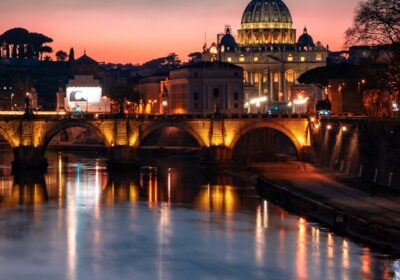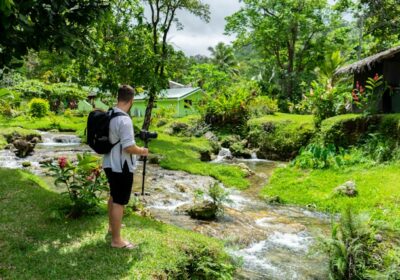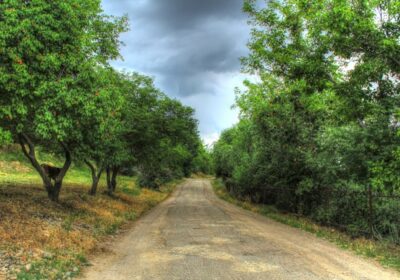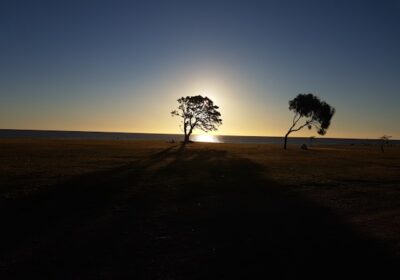Chile: A Land of Extremes and Wonders
Chile, a long, narrow country stretching along the western edge of South America, is known for its dramatic landscapes and rich cultural heritage. From the arid Atacama Desert in the north to the lush fjords of Patagonia in the south, Chile offers a diverse range of experiences for travelers. Its unique geography, vibrant cities, and natural wonders make it a captivating destination.
A Glimpse into Chile’s History
Chile’s history is shaped by its Indigenous peoples, Spanish colonization, and periods of political upheaval. The Mapuche people were the primary Indigenous group resisting Spanish conquest. Chile declared independence from Spain in 1818. The country experienced periods of political instability and dictatorship, but since the return to democracy in 1990, it has seen significant economic and social development.
Iconic Landmarks and Attractions
- Santiago: The capital city of Chile is a dynamic metropolis surrounded by mountains. Highlights include the historic Plaza de Armas, the bustling La Vega Central market, and the panoramic views from Cerro San Cristóbal.
- Valparaíso: Known for its colorful hillside houses and vibrant street art, Valparaíso is a UNESCO World Heritage Site. The city’s historic funiculars and lively cultural scene make it a must-visit.
- Atacama Desert: One of the driest places on Earth, the Atacama Desert offers stunning landscapes such as the Valle de la Luna, salt flats, and geysers. The region is also renowned for its clear night skies and astronomical observatories.
- Easter Island: Famous for its mysterious Moai statues, Easter Island is a remote and enigmatic destination. The island’s rich Polynesian culture and archaeological sites offer a unique glimpse into its history.
- Torres del Paine National Park: Located in Patagonia, this national park is known for its dramatic mountain peaks, glaciers, and turquoise lakes. It’s a paradise for hikers and nature lovers.
- Chiloé Island: This island in southern Chile is known for its unique wooden churches, colorful palafitos (stilt houses), and rich folklore. The island’s lush landscapes and seafood cuisine are also notable.
Cultural and Historical Highlights
- Museo de la Memoria y los Derechos Humanos: Located in Santiago, this museum is dedicated to preserving the memory of human rights violations during Chile’s dictatorship. It provides a powerful and educational experience.
- La Serena: Known for its colonial architecture and beautiful beaches, La Serena is one of Chile’s oldest cities. It’s also a gateway to the Elqui Valley, famous for its pisco production and clear skies.
- Pucón: This small town in the Lake District is known for its outdoor activities, including hiking, volcano climbing, and hot springs. The nearby Villarrica Volcano is a popular attraction.
- Rapa Nui National Park: On Easter Island, this UNESCO World Heritage Site includes the famous Moai statues, ceremonial platforms, and the volcanic craters of Rano Raraku and Rano Kau.
- Valdivia: Known for its German heritage, Valdivia features charming architecture, a lively riverfront, and the nearby Valdivian Rainforest. The city is also known for its craft beer scene.
Natural Beauty and Outdoor Adventures
- Patagonia: This vast and rugged region offers stunning landscapes, including glaciers, fjords, and mountains. Activities include trekking, ice climbing, and exploring the Southern Patagonian Ice Field.
- Lake District: The Lake District is characterized by its beautiful lakes, forests, and volcanoes. Popular spots include Lake Llanquihue, Lake Todos los Santos, and the scenic route around the lakes.
- Aysén Region: Known for its remote wilderness, the Aysén region offers dramatic landscapes, including the Northern Patagonian Ice Field, and opportunities for adventure sports like kayaking and hiking.
- Huilo Huilo Biological Reserve: This private reserve in the Andes features lush forests, waterfalls, and unique wildlife. It offers eco-lodging and various outdoor activities.
- Colchagua Valley: Renowned for its wine production, particularly red varieties like Carménère and Syrah, the Colchagua Valley offers vineyard tours, wine tastings, and scenic countryside views.
Practical Information for Visitors
- Best Time to Visit: Chile’s diverse climate means the best time to visit depends on the region. For Patagonia, the summer months (December to March) are ideal for trekking. The Atacama Desert is best visited in the spring and fall. Santiago and the central coast are pleasant year-round.
- Transportation: Chile has a well-developed transportation network, including domestic flights, buses, and rental cars. Major cities also have public transportation systems such as metro and buses.
- Accommodation: Chile offers a wide range of accommodation options, from budget hostels and mid-range hotels to luxury lodges and eco-resorts. Popular tourist areas provide diverse lodging choices.
- Visa and Entry Requirements: Travelers from many countries can enter Chile without a visa for short stays. It is important to check the entry requirements based on your nationality before traveling.
Conclusion
Chile is a country of remarkable contrasts and stunning natural beauty. Whether you’re exploring the cosmopolitan city of Santiago, marveling at the landscapes of Patagonia, or uncovering the mysteries of Easter Island, Chile offers a diverse range of experiences that cater to all interests. Its unique geography, rich culture, and warm hospitality make it a destination that continues to captivate and inspire travelers from around the globe.






Leave feedback about this